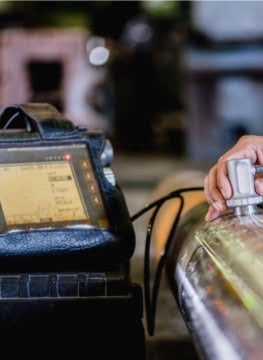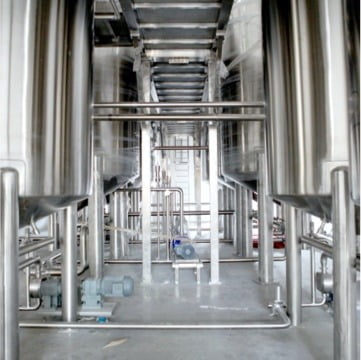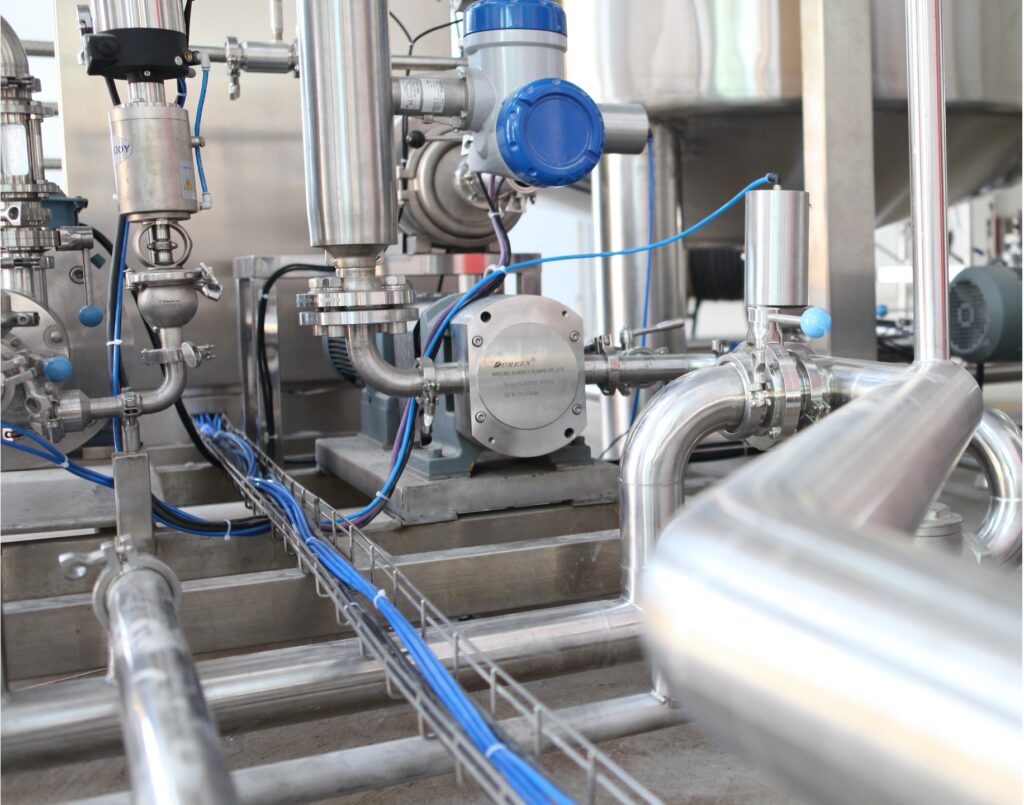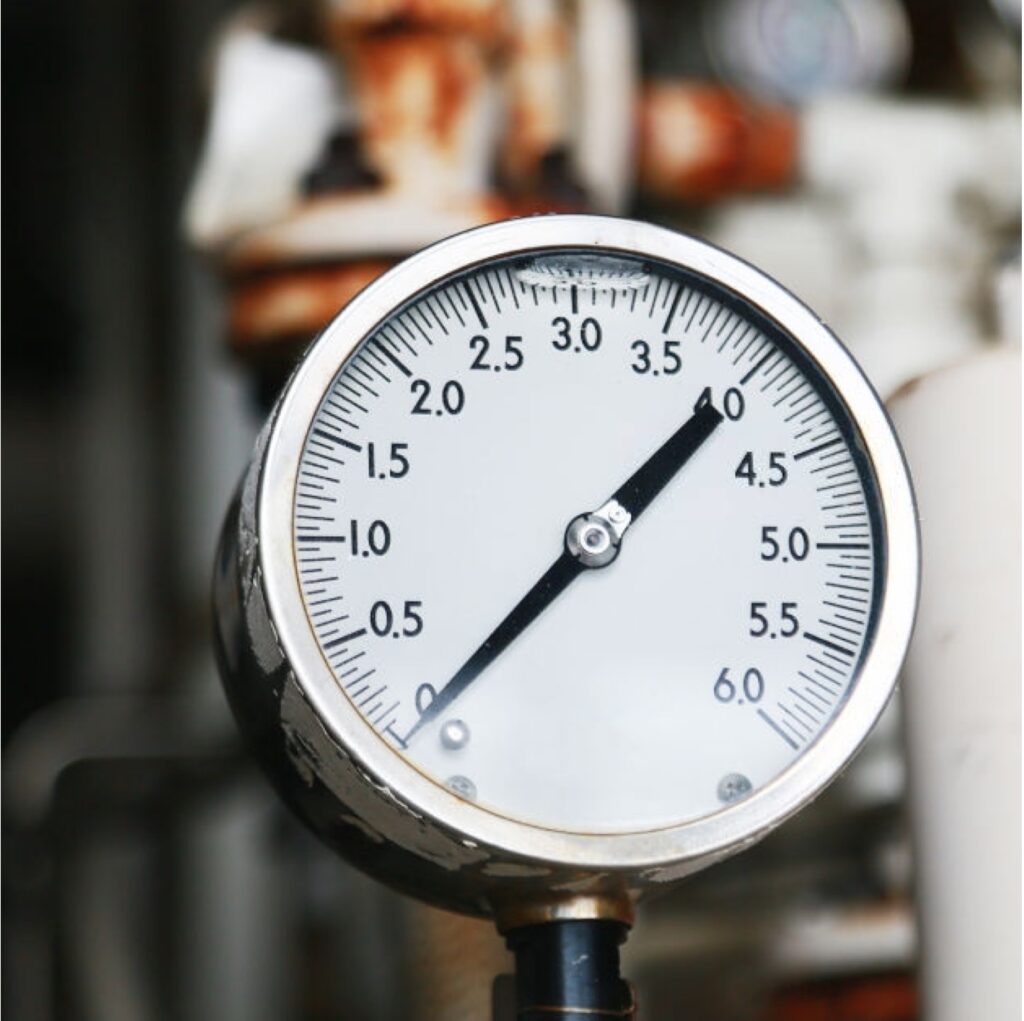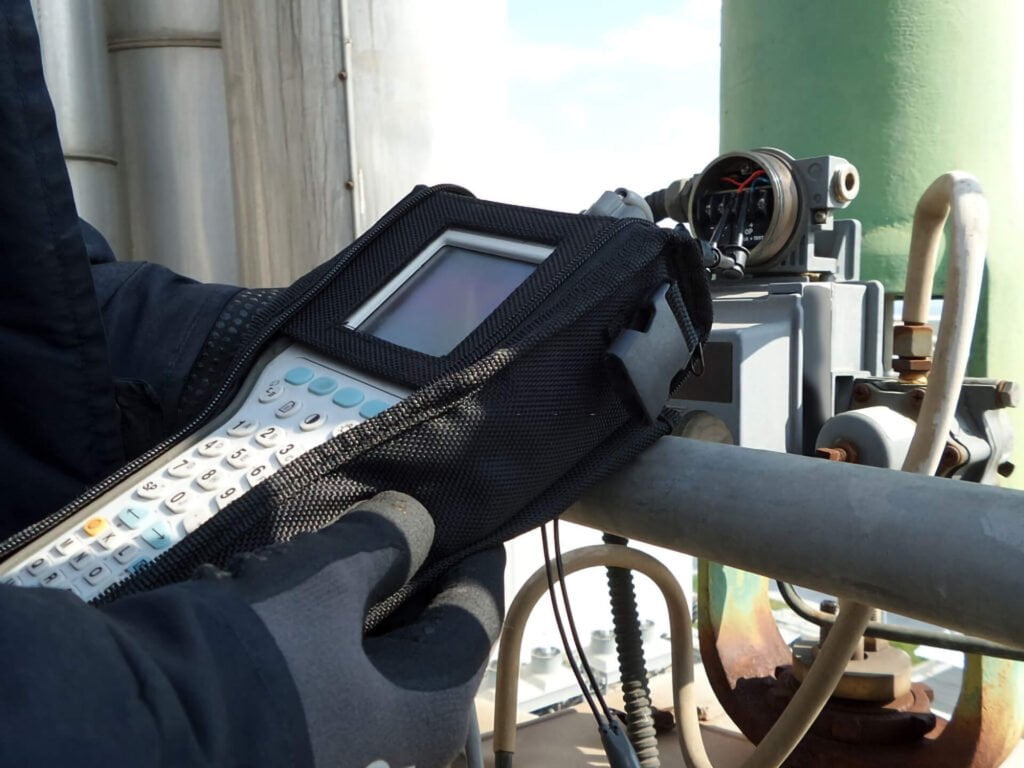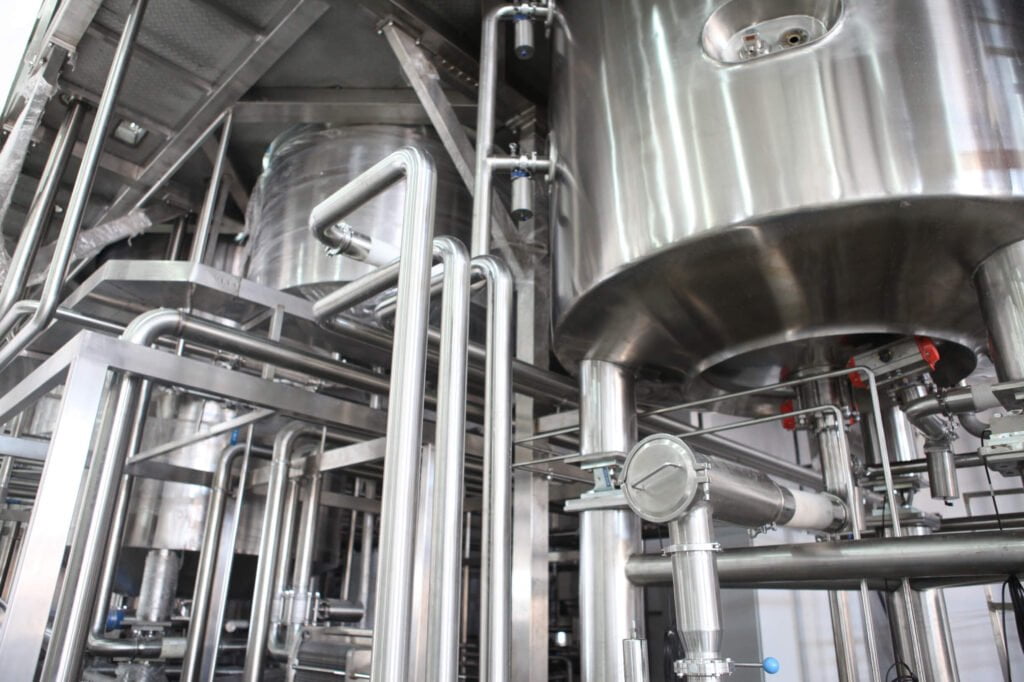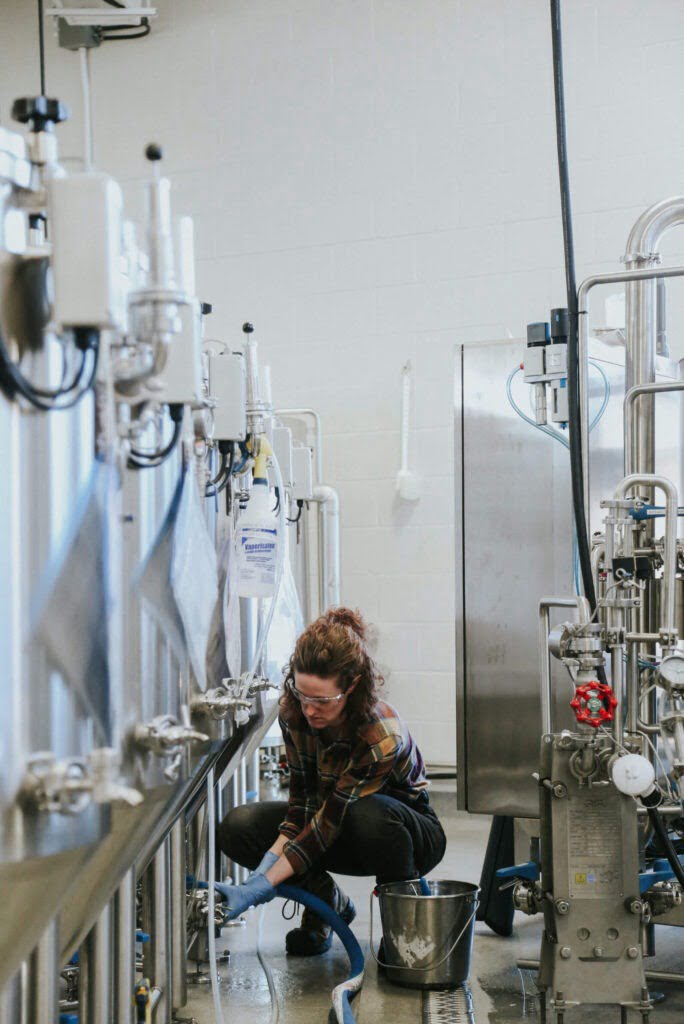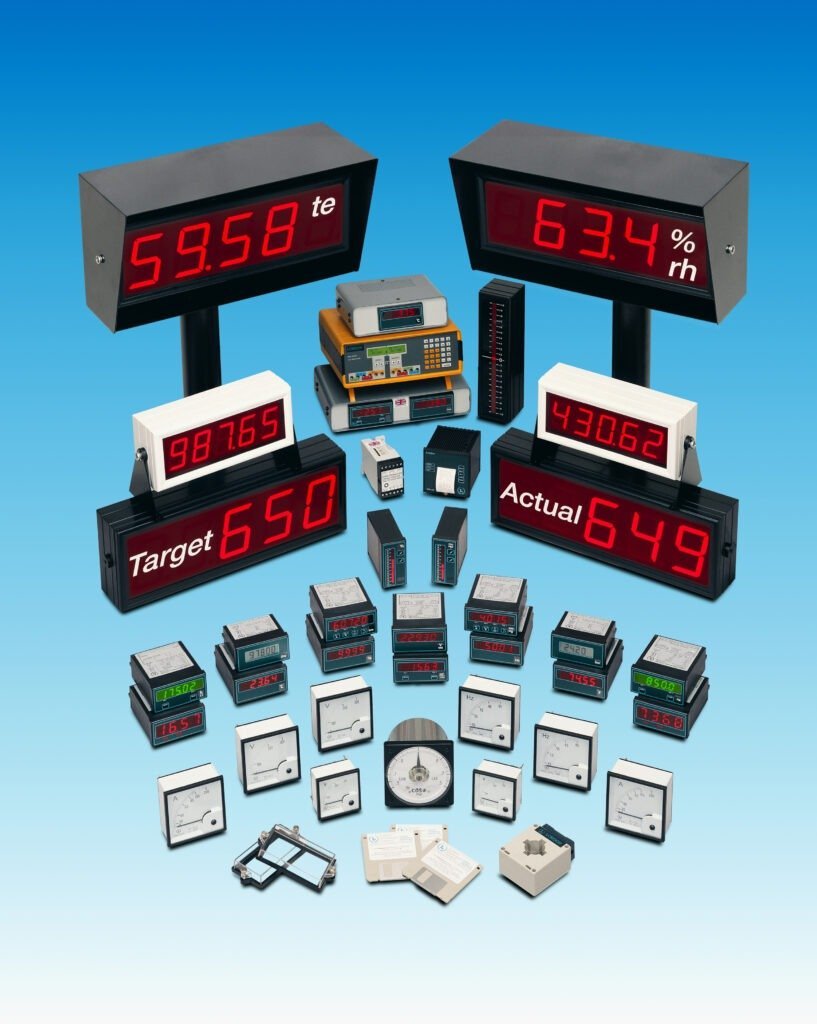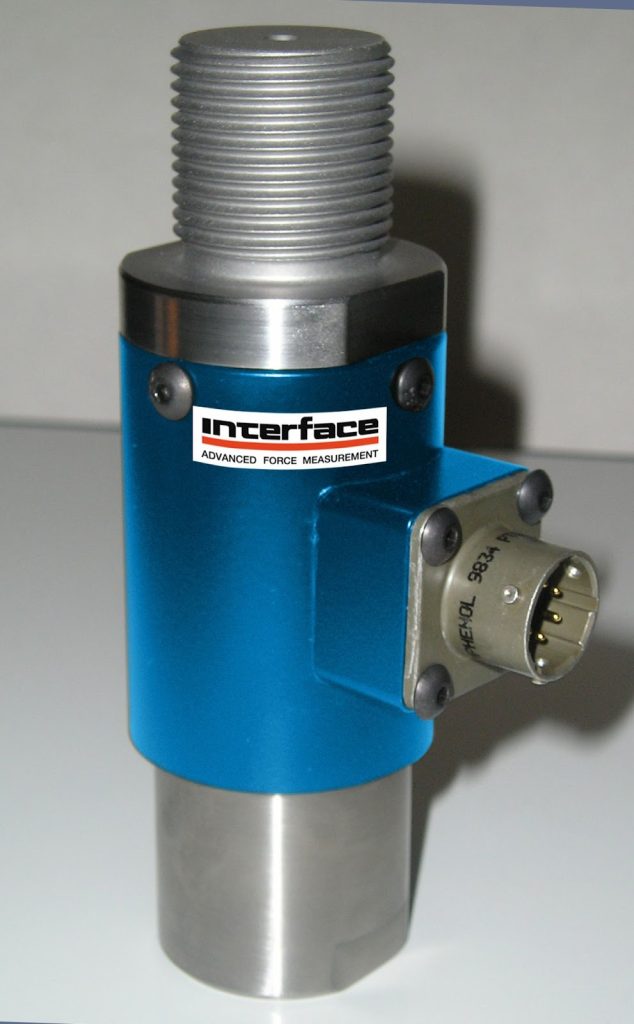A collaboration project to improve gas treatment plant performance
Foaming
Foaming is a common problem in gas treatment and is responsible for significant loss of production in many plants around the world. Now, a new system can prevent these losses, and help boost gas production to optimum levels. In desulphurisation, amine-based liquids are used to remove acid gases. In dehydration units, glycol-based liquids (MEG or TEG) are used to remove water vapour. Failure to remove liquids from the gas at the entry point of a gas treatment plant (the gas contactor) results in contamination of these processing liquids (amine or glycol) used to remove the acid gases and water vapour. Liquids entrained in the gas entering the contactors build up in the amine or glycol and cause increasing problems:
• short-term: many of the liquids added at the well head are surfactants, which cause foaming and significantly reduces production.
• long term: hydrocarbon liquids can leave carbon deposits (shown in Figure 1.) that can build up inside the contactor and reduce its efficiency.

92% of process failures in gas treatment plants are due to liquid carry-over
A survey of 148 production failures in natural gas amine plants, undertaken by Amine Experts, shows that foaming caused by liquid carryover is a big problem.
31% of the failures were due to foaming. Normal practice at a foaming event is to reduce the production flow rate by 50 to 60% until de-foamer can be added and recovery is achieved. The relative frequency of their occurrence is shown in Figure 2.
Now, LineVu, a new detection system from Process Vision Ltd, can be used to provide an alarm when liquid carryover is seen in the gas entering a gas treatment plant. The alarm output from a LineVu system can be used as an early warning to improve on current practices, and trigger the injection of de-foamer before foam has built to a level where it is impacting on the plant efficiency, or gas flow has to be
reduced to help recovery from a foaming event.
In addition to the alarm, LineVu provides operators with a live video stream of pipeline activity allowing extra confidence in process conditions. Closer monitoring of gas/liquid separator performance in this way can allow either an increase in production or diagnosis of separator problems.

Commercial
The commercial arrangements for the project are designed to lower client risk. At the start of the project, an eight-week Data as a Service (DaaS) contract is agreed.
A decision to return equipment or extend the contract is made at the end of the 8 week period. The project team has the option to extend the agreement from 6 months to 5 years at lower monthly fees. DaaS agreements include all software updates, support and warranty. If, at any time, the system uptime is less than 90% of any particular month (due to hardware, software or other issues within the control of Process Vision) the DaaS service is free for that month
Project Aim
To use the liquid detection alarm of a LineVu system as an early warning to alert operators of a potential foaming event, enabling engineers to add de-foaming or anti-foam agent earlier than they can with current methods.
Details
By installing a LineVu system before the gas treatment, plant operators will be provided with an alarm and a live video stream of separator performance. With this information, de-foamer can be added as soon as a liquid event is detected, improving on current practices of
responding to a foam build up by monitoring differential pressure or liquid levels in downstream vessels.
The first stage of the project is to monitor and establish the level and nature of liquid carry-over and, if possible, establish a link between a liquid event and a foaming event. De-foamer can be manually added to establish the optimum timing for early application.
For further information you can also contact our Product manager – Peter Sims peter.s@ams-ic.com.au
